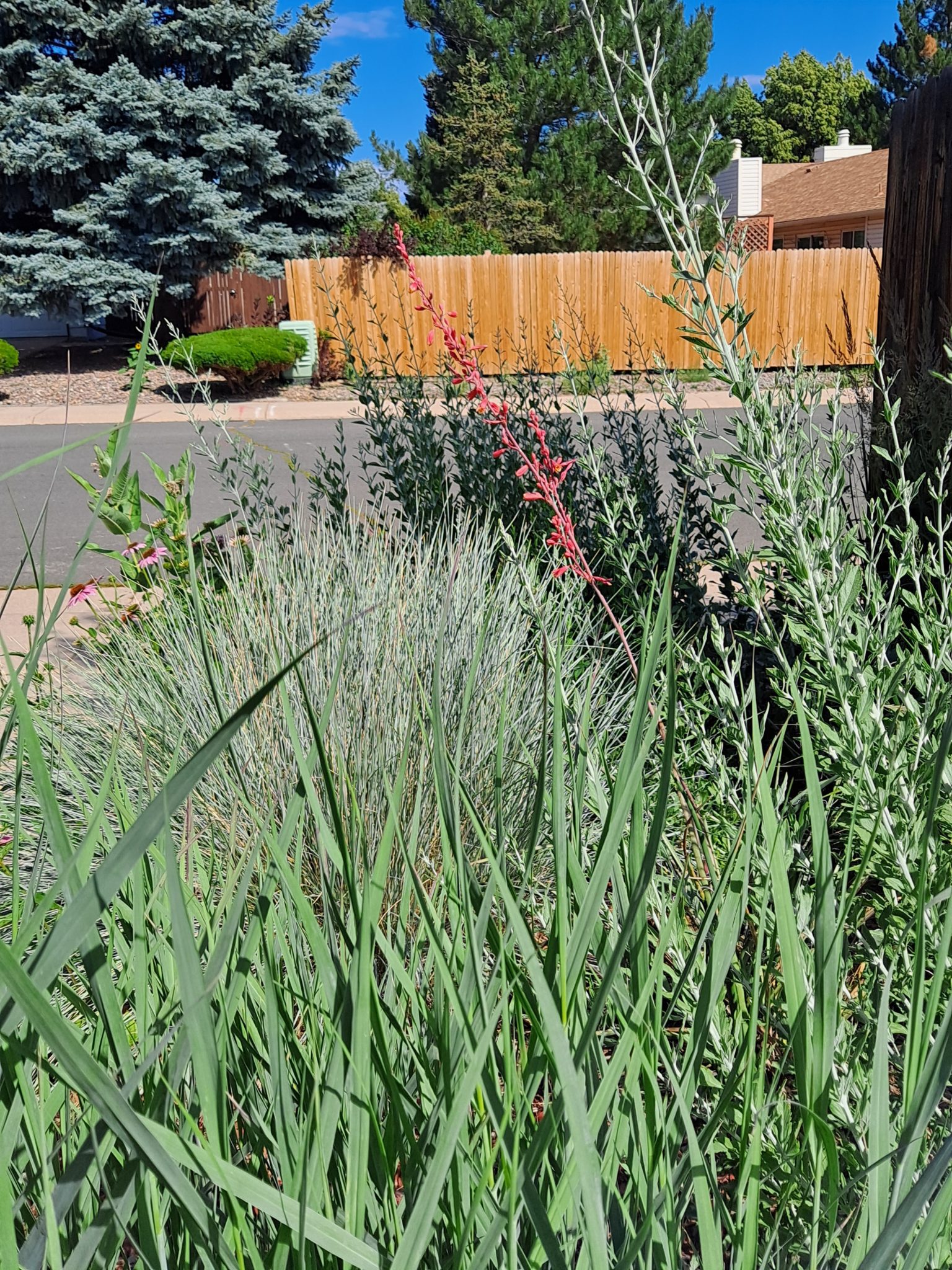A lull in the garden
Every year, right after the summer solstice, my garden takes a brief siesta. After a steady progression of blooms that begins in mid-spring with the arrival of daffodils, and reaches a crescendo when MrsVintage’s peony bursts forth in all its glory, the garden is just plain tuckered out and needs a nap.
So, for that matter, does the gardener.
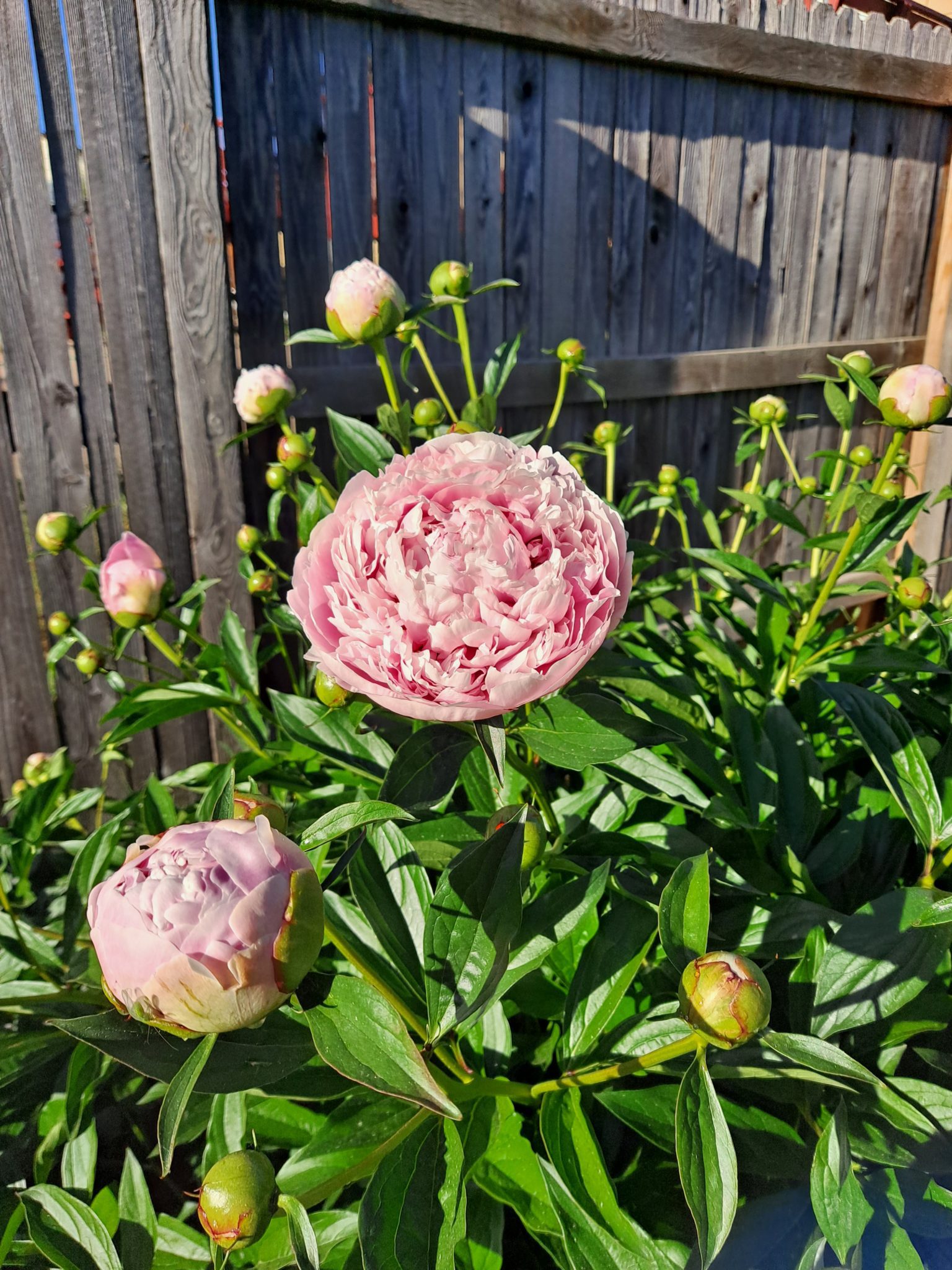
Still, I can’t help but feel a little put out that the garden isn’t continuing to keep me entertained at this point in the summer. I’ve tried to find plants that are showy at this time of year, but the truth is that after the heady weeks of spring, the display is a little underwhelming.
I think part of my problem is that now that the excitement of spring has worn off, I’ve become a bit blasé.
To be sure, while the garden has slowed down, there is still a lot stuff going on. Let me take you on a tour:
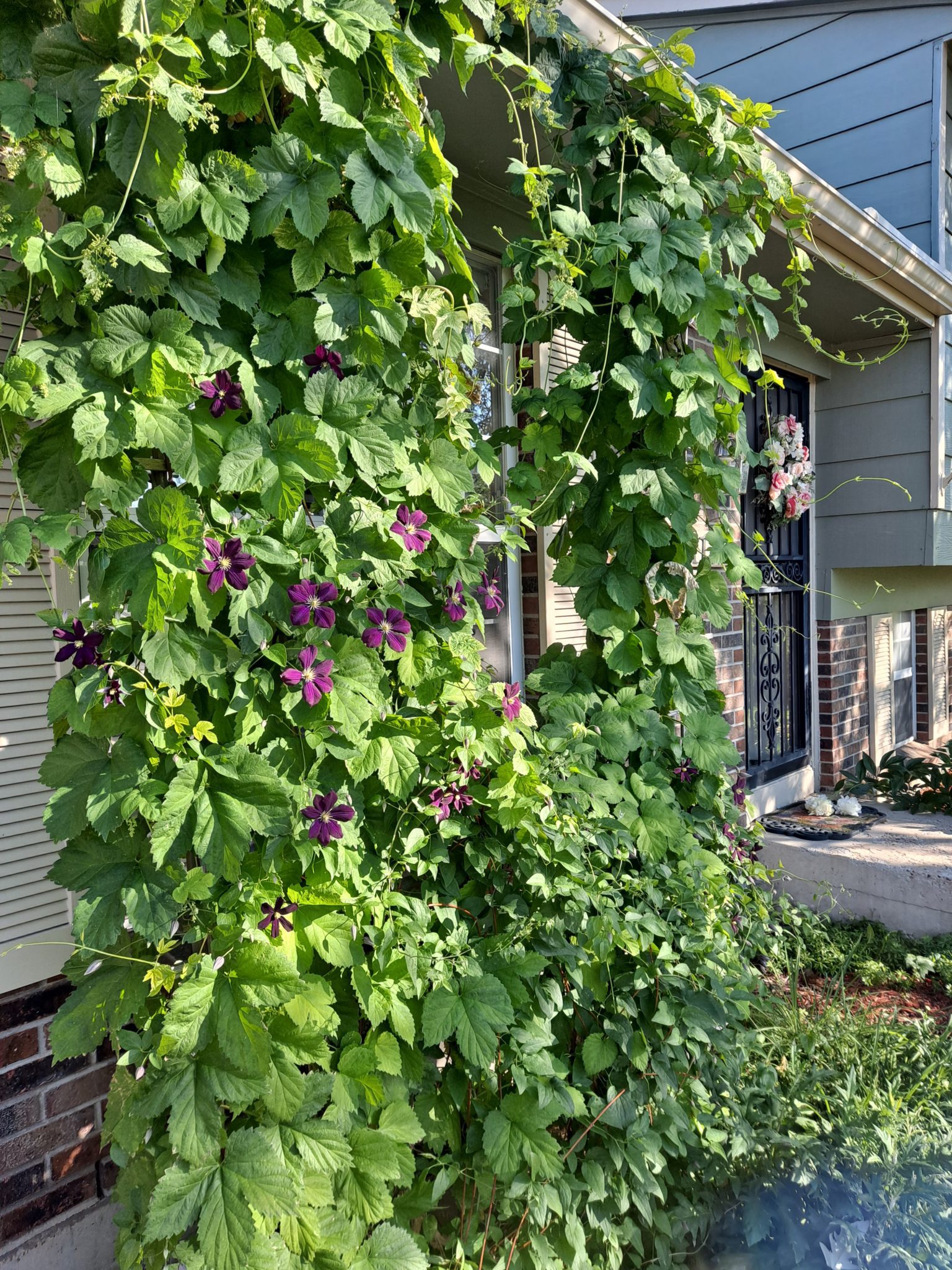
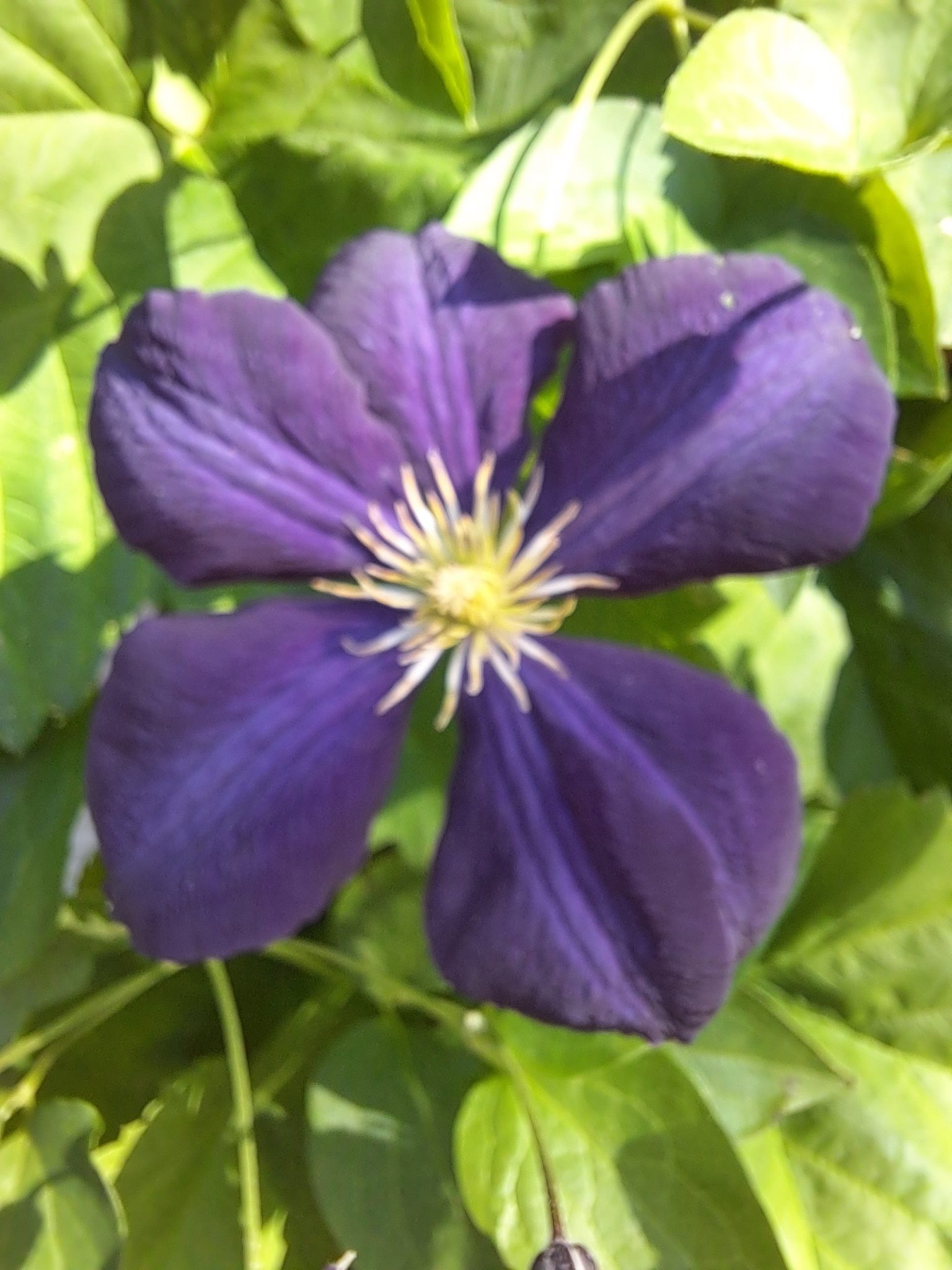
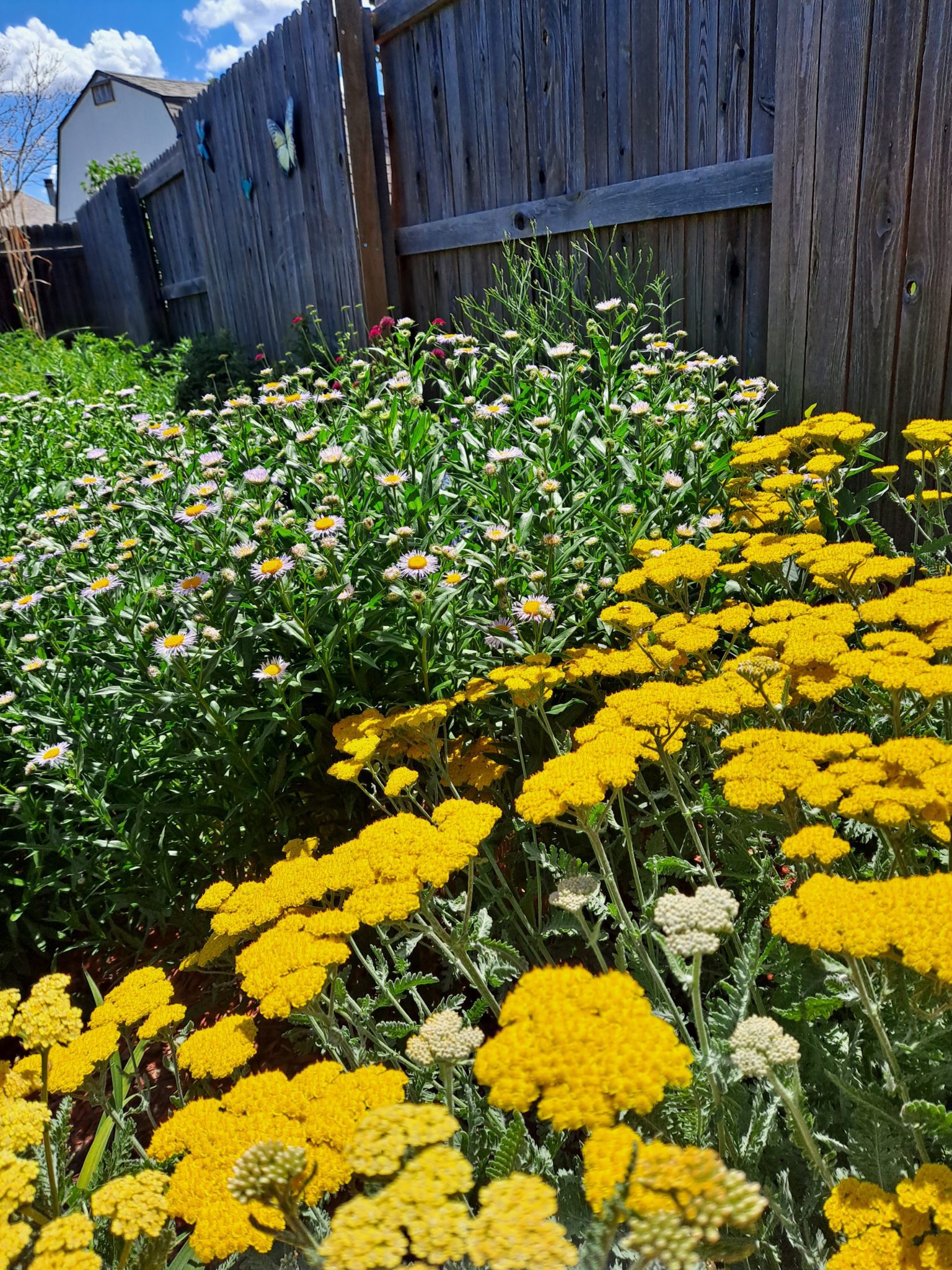
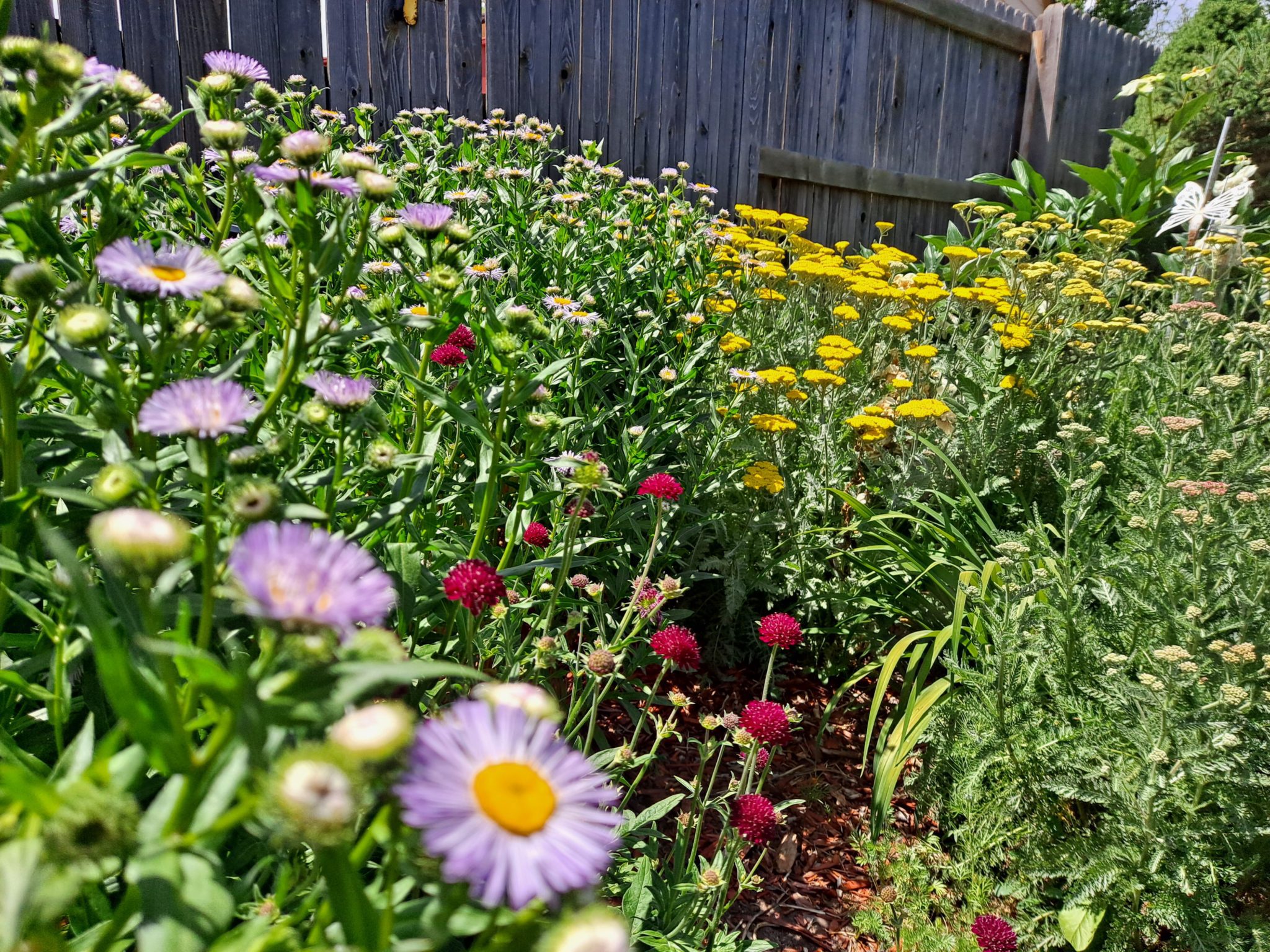
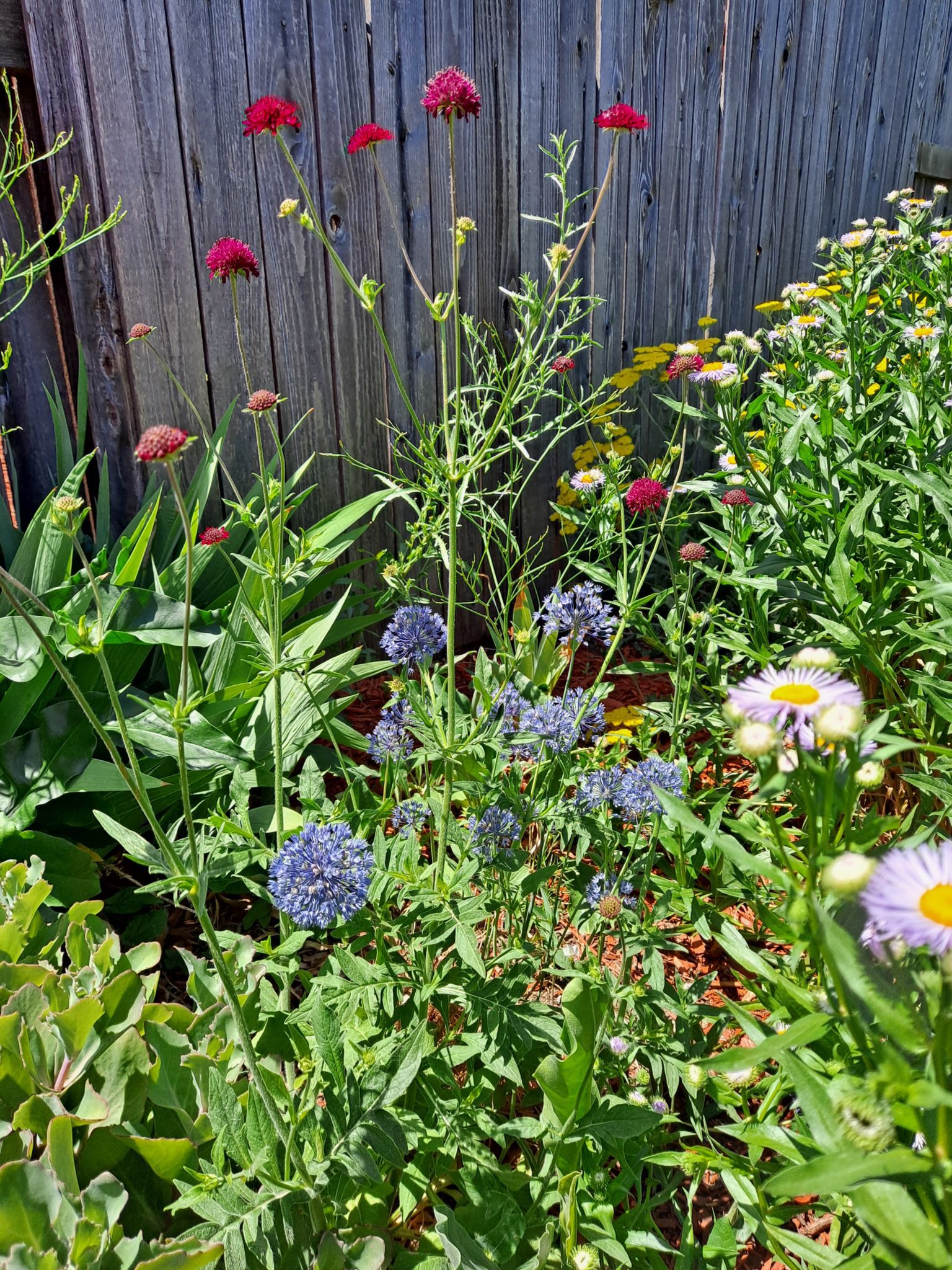
The funny thing is, now that summer is finally here, there isn’t a whole lot of actual gardening for me to do. I’m mostly just doing maintenance chores: watering the containers, mowing the lawn from time to time, and weeding. Although even the need for weeding has dropped off. Don’t get me wrong, there’s are still a ton of weeds. But with the arrival of the dog days of summer, even the weeds have scaled back their ambitions. Instead of trying to take over the world like they were in spring, they’re now content in just trying to take over small sections of the yard and garden.
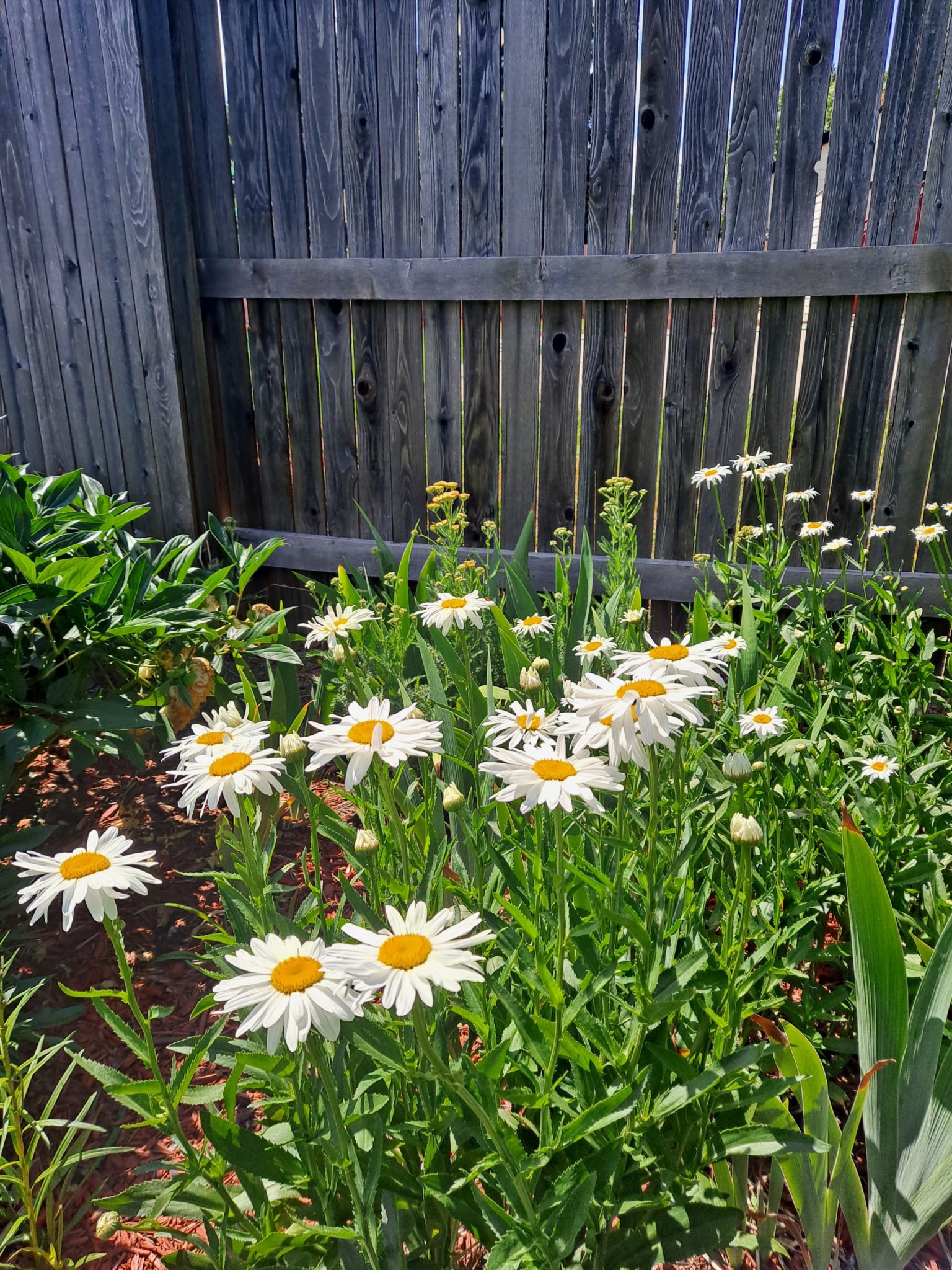
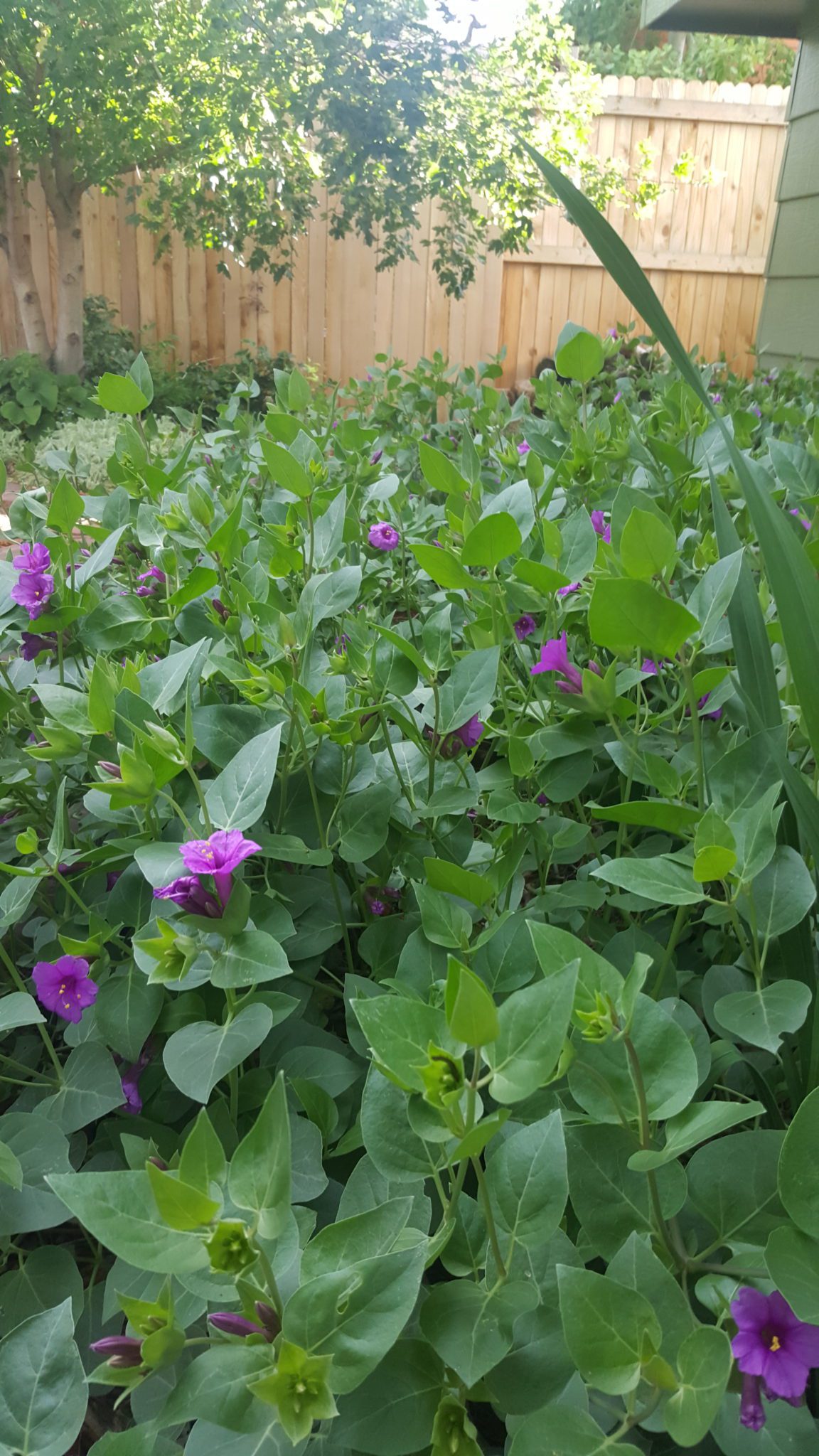
The dog days of summer
Speaking of the dog days of summer: we’re all familiar with the term , but did you know that there is actually a specific period of time that qualifies as the dog days? The “official” dog days of summer in the northern hemisphere are from July 3rd to August 11th. Grab a seat and enjoy a quick history/astronomy lesson!
Sirius, a.k.a the Dog-Star, is part of the constellation Canis Majoris and is the brightest star in the sky. Well, the brightest star not counting the Sun. Under certain conditions, this star can even been seen by the naked eye during the daylight hours!
Anyway, starting on July 3rd and ending on August 11th, Sirius rises in the dawn sky shortly before the sun rises. The ancient Greeks believed the combined heat from the sun and Sirius led to the sweltering temperatures of high summer.
Nowadays, most of us just refer to the hot days of mid-to-late summer as the dog-days of summer.
Tomatoes
I mentioned in an earlier post that I am trying a tomato growing experiment. Because the shade tree in my backyard has reached maturity, my old veggie garden no longer received enough sunlight for successful tomato growing. The plants grew just fine, but I had no luck with the fruit. It’s been years since I have had homegrown tomato from my own garden.
So I am growing two tomato plants, each in its own 5 gallon bucket. This way of growing is a bit more labor intensive than growing them in the ground, and requires a fair bit more water. But I am pleased to report that the initial signs are encouraging!
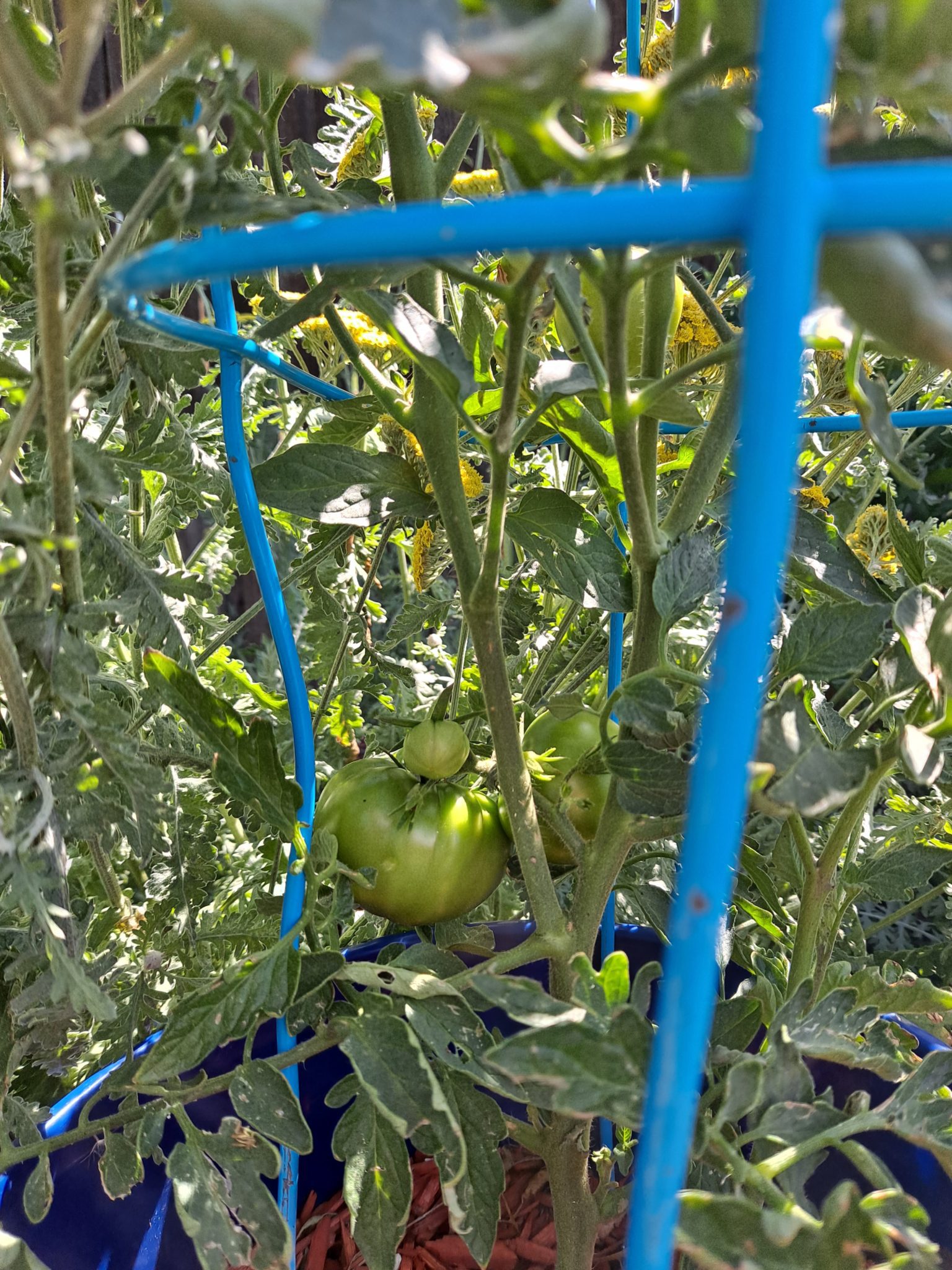
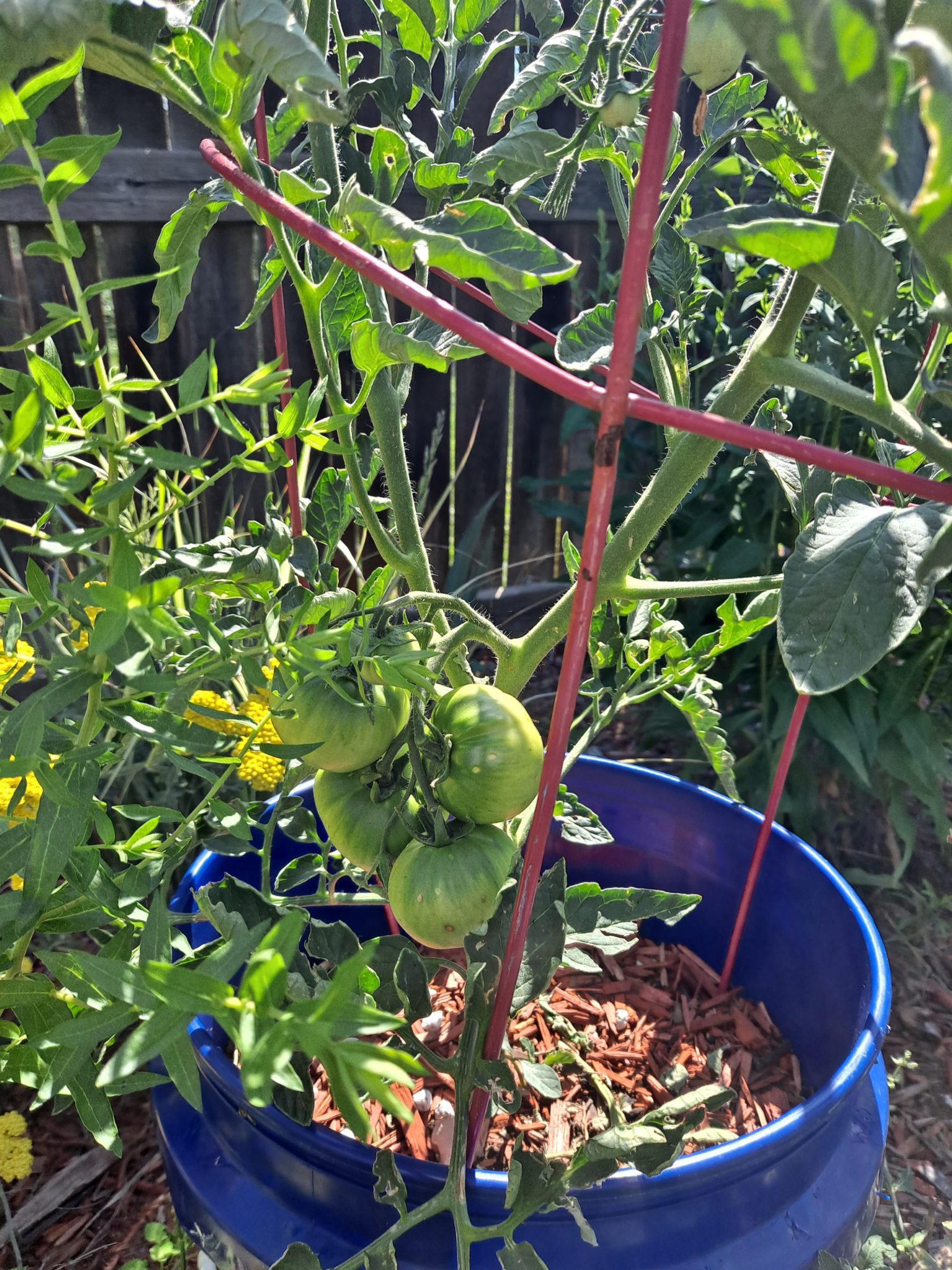
The lull will end soon
This post solstice lull will end in just a couple of weeks, and the late summer flowers will begin their display. The false sunflowers (Heliopsis helianthoides) are starting to bloom, and I can see the flower buds starting to form on the Russian sages and blue globe thistles. While they aren’t showing any buds yet, I know from experience that my Black-eyed Susan’s will start to flower in late July.
